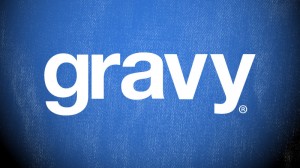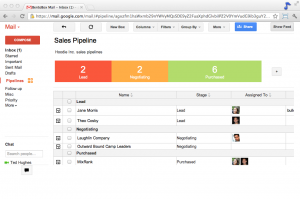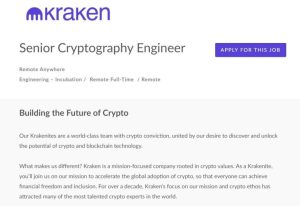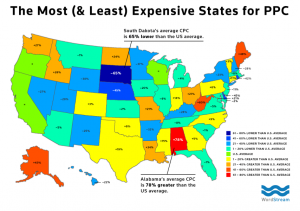
 Landing pages are a very simple and inexpensive form of prospect or customer engagement, and when implemented and effectively optimised can deliver high prospect and customer conversion rates, generating more inbound leads for your business.
Landing pages are a very simple and inexpensive form of prospect or customer engagement, and when implemented and effectively optimised can deliver high prospect and customer conversion rates, generating more inbound leads for your business.
The key to effective, high performance landing pages is simplicity. Less is more, and because landing page graphic design, textual and visual content has to be minimal to be effective, all elements must be put together with one objective in mind: conversion.
So with this in mind, here are our six top tips for optimising your landing page conversion rate performance (CRO):
Drive relevant traffic
Make sure the ad or search result listing that you are using to drive visitors is relevant to the content on the page. This sounds simple – and it is – but it’s also vital to gaining visitor engagement. If your marketing platform also supports demographic or behavioural targeting, leverage this to further increase relevance by serving dynamic content specific to that visitor.

Remove the clutter
Look at the essential elements of your page and take out anything that you don’t need – this can even include navigation. Once you’ve done this, do it again until you have really distilled the page down to its core elements. By reducing the amount of content on the page, it will be clearer to visitors what you are asking them to do, so you are helping them to take the action you want them to take.

Search optimise your page
You may be relying on PPC search marketing, social media and/or banner ads to drive traffic to your page, and that’s fine, but this doesn’t mean you should ignore the importance of SEO. The majority of searchers have been shown to click an ‘organic’ result over a paid-for result, so optimising your landing page will help you to drive more organic traffic to your page. As noted above, if this optimised content increases the relevance of the page to the searcher, then they’re more likely to convert. Make sure you at least cover the basics of SEO: keywords in headlines, good page structure and quality supporting metadata to increase the organic visibility of your landing page.

Call-to-action: it’s not just about button colours
There are plenty of articles out there that focus on the value of the colour of your call-to-action (CTA) button, so we won’t dwell on this too much. However, be sure to have a clear call-to-action and feel free to test various layouts – and yes, even button colours – to see what works best for your page.

Only ask for what you need to know
Visitors are more likely to fill out forms with fewer fields, so carefully consider what you would like to know, and only ask for that information. This can be as simple as the recipient’s email address, but our recommendation would be to include their name, email and one other key piece of information relevant to your business. For example, if you’re selling B2B, the visitor’s company name would be useful. Don’t worry if you think this will limit your data insights, if your marketing automation platform supports progressive profiling, you can ask for other relevant information at future touch points to build a fuller picture of the lead – without having more fields per form.

Security, privacy and reputation
It’s likely you’ll be asking for contact details from visitors in exchange for your valuable downloadable content. In a world where major data breaches are happening around once per week, it is critical to ensure that your site is secure, and that this is easily understood by visitors. Make sure that it is clear what you will do with the data they provide, and that the site looks ‘reputable’, so visitors feel that their data will be handled carefully. Including certification marks, such as ISO 27001 or the SSL certificate badge, and an easy-to-understand privacy policy will help visitors recognise quickly that you are trustworthy.
Many inbound marketing campaigns rely on landing pages as the destination for many digital touchpoints; whether visitors are driven there via email, search, social or display banners, the landing page is likely the first point at which a new lead engages with your brand in a meaningful way.
Industry research says that landing page conversion rates are somewhere between 2-5%, although we’ve seen 9-10% for some of our campaigns. It all depends on your audience, your offer and how you convey that offer. If you get your offer across in a simple way to the right people and capture their attention, that’s the first step to a potentially valuable relationship.
This post was originally published on the Novacom blog.
Digital & Social Articles on Business 2 Community(55)







